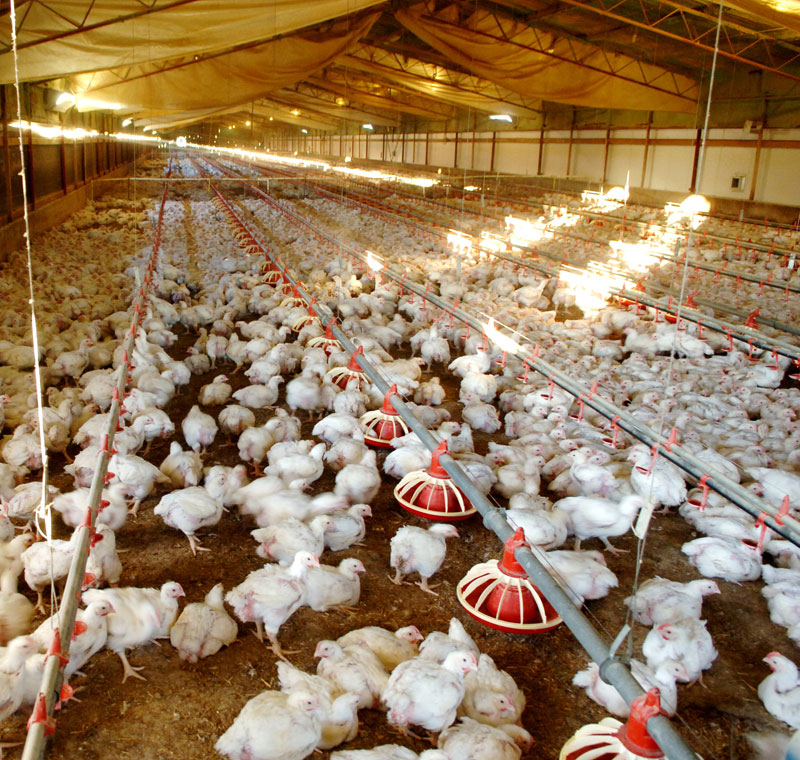Dry, friable litter is desirable for broiler welfare and production efficiency. While many factors contribute to excess litter moisture or ‘wet litter’, including bird density, litter type, drinker type and condition, ventilation, bird health and feed, rapidly growing broilers excrete large volumes of water under commercial conditions. For example, a shed of 20,000 broilers at six weeks of age excretes about 2.5 tonnes of water per day.
Wet litter seems to be an increasing problem around the world, partly due to faster broiler growth. Litter quality in Australia is coming under greater scrutiny with the introduction of standards such as RSPCA approved meat chicken standards.
Given this background, wet litter was a major topic at this year’s Poultry Information Exchange (PIX) and associated Australian Veterinary Poultry Association (AVPA) held at the Gold Coast in late May. Many delegates attended a full day Litter Management Workshop for presentations and discussion on many aspects of litter management and disposal. Three Poultry CRC researchers gave presentations on various aspects of litter.
- Mark Dunlop reviewed information on litter material type and characteristics. Mark pointed out that litter materials cannot absorb the amount of water produced each day and that most must be evaporated from the litter and removed from the shed by air movement (ventilation). Peak water deposition for a typical broiler flock is above four litres per square metre per day. The moisture content of dry and friable litter is typically 15-30%. If litter moisture rises above about 40% and ‘cakes’ (surface crust formed), water removal becomes difficult requiring management interventions such as rotary hoeing.
- Matt Reading spoke about the fertiliser value of broiler litter and Poultry CRC research on increasing the value of spent litter.
- Michael Cressman, a former CRC post-graduate student spoke about aspects of litter reuse.
A full morning session of the AVPA scientific meeting was committed to wet litter with presentations on causes of wet litter. Tim Walker from Poultry CRC spoke on what nutritionists can do to prevent wet litter.
Litter management is now a prominent issue for the broiler industry. Solutions will require a multi-disciplinary approach involving growers, engineers, veterinarians, nutritionists and others. The Poultry CRC will include wet litter as one of the key discussion topics at its upcoming Ideas Exchange 2014 in September.


